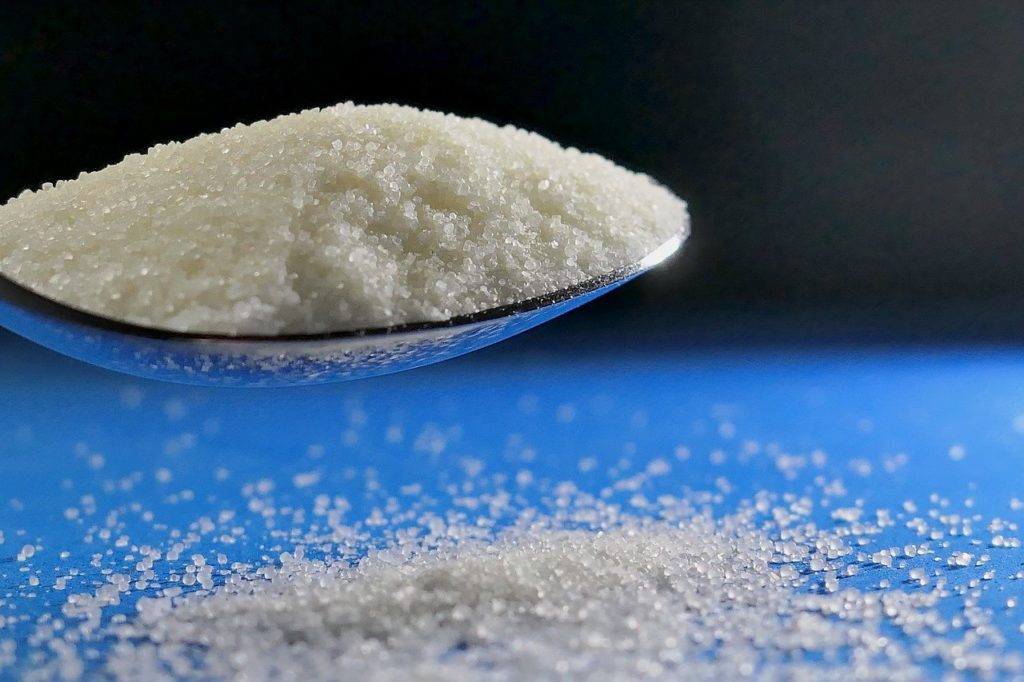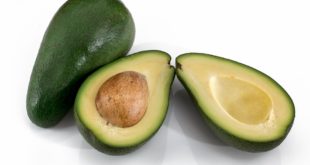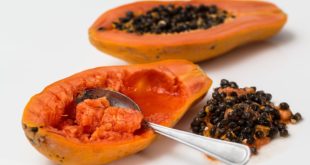
By now you’ve probably heard that to be as healthy as possible, you should avoid having too much salt in your diet. And, this much is true. Salt overload is one of the leading causes of high blood pressure and could potentially set you up to experience an increased risk of heart disease and/or stroke.
This said, not all salt is created equally.
Let’s go over the different types of salt that are available so you can see which one is the better choice for your diet, to use in moderation. Remember too much of any salt will not be a good thing, but if you choose wisely, it doesn’t have to be harmful to your health.
In fact, you do need some salt in your daily diet as salt will play a key role in helping with the regulating of nerve transmissions, muscular contractions, as well as keeping the brain functioning optimally. If you are highly active and exercising every day, you’ll also be sweating out some salt and may need to replace this. As with anything to do with your health, it’s all about striking the right balance.
Here’s what you need to know.
1.Iodized Salt
Iodized salt is the type of salt that’s most noteable for being fortified with iodine, which is key for thyroid function. Those who are short in iodine may start to suffer from thyroid abnormalities, so it’s essential that you are getting enough of this multi-vitamin.
This type of salt is usually your normal form of table salt, and is also the type that can cause the greatest level of health problems if used in abundance. You don’t need very much iodine to maintain a healthy thyroid and usually you’ll get enough from simply eating the foods you enjoy on a normal basis – no table salt needed.
Use a very light hand when adding this form of salt to your food.
2. Sea Salt
The next form of salt is sea salt, which as the name suggests, comes from the sea. This salt is a lot higher in minerals than regular table salt and given it’s in a natural state, is healthier for the body as well.
There are many different variations of sea salt out there, for example celtic sea salt, and some might be better than others. What you really want to pay attention to is avoiding what’s known as dead sea salt as it contains high amounts of bromide and can be damaging for the body.
3. Himalayan Salt
Finally, the last form of salt that you may want to consider is himilayan salt. This is the healthiest form of salt that you can consume and comes from rocks found in ancient salt beds in the Himilayan mountains.
This type of salt doesn’t pose the risk of having contaminents like the sea salt does and is in the most pure state.
Himalayan pink salt also provides small amounts of essential trace minerals and elements and can help support nutrient absorption in the body as well as maintaining a proper pH level. Some people also find that this form of salt may boost circulation, so those with circulatory issues will want to take special care to get this form of salt in.
All in all, it’s important to note that salt of any kind is something to use in moderation. Salt lurks everywhere in today’s foods, so you really do need to start reading labels to get a good feel for how much you are consuming.
Try and limit the amout of processed foods you are consuming and this will go a long way towards keeping your overall salt intake in check.
Source: Janemukami.com
 Daryeel Magazine
Daryeel Magazine



